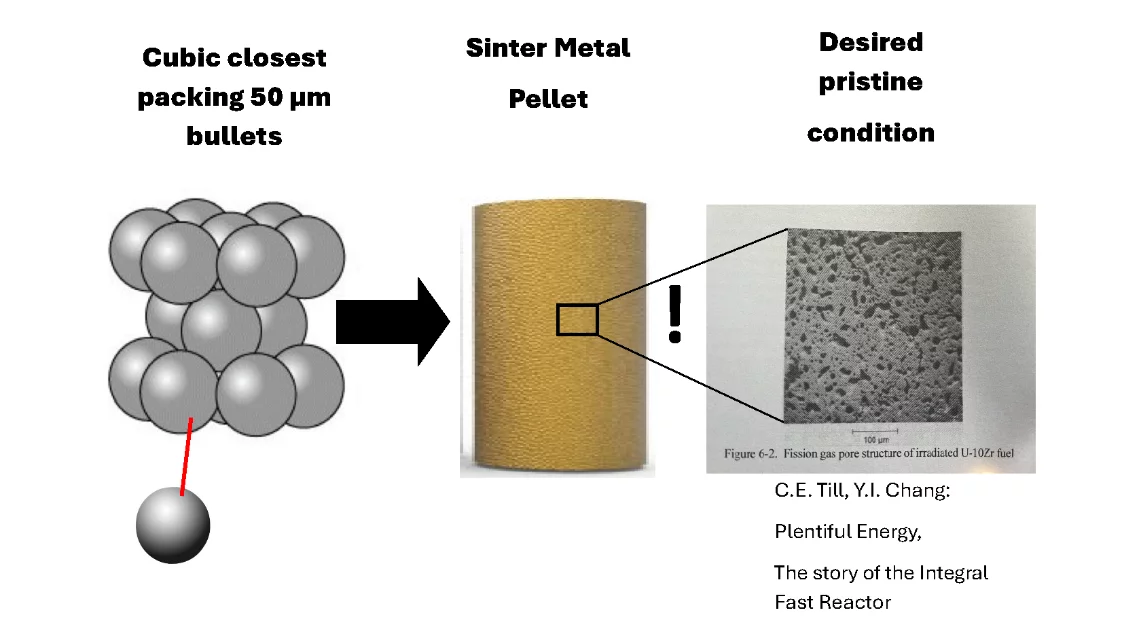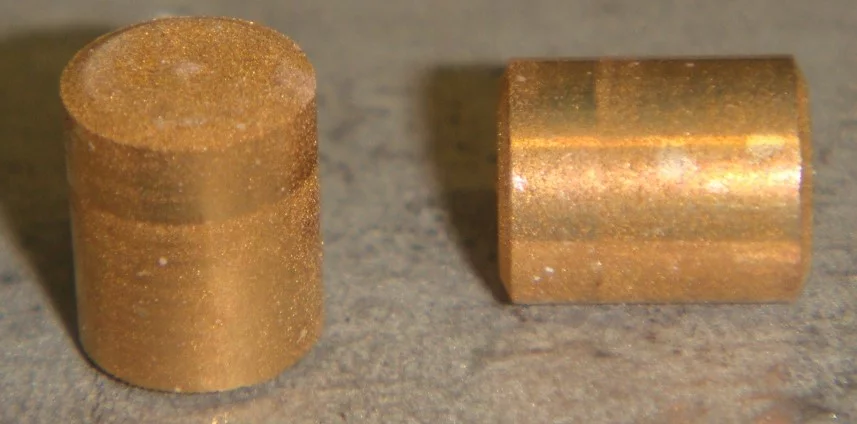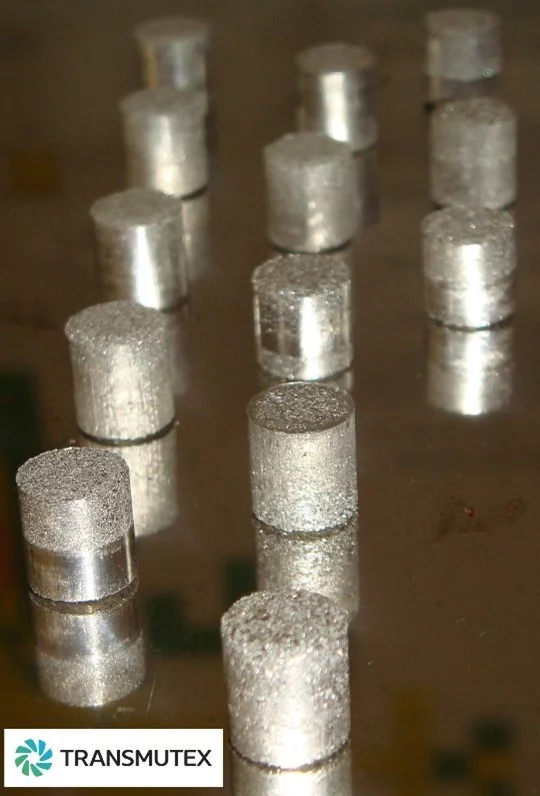Transmutex entwickelt Technologien für einen beschleunigergetriebenen Kernreaktor, der langlebige Transuranen und problematische Spaltprodukte aus dem herkömmlichen Uranbrennstoffkreislauf umwandeln kann. Dazu gehören Nuklide der Transurane wie Plutonium, Neptunium, Americium und Curium sowie langlebige Spaltprodukte wie Jod-129, Technetium-99 und Selen-79. Studien in der Schweiz und in Deutschland zeigen, dass dieser Ansatz das Volumen an nuklearen Abfällen um das 6,2- bis 8,8-fache reduzieren und die Lebensdauer hochradioaktiver Abfälle auf deutlich unter 1.000 Jahre senken kann.
Der Reaktortyp ermöglicht auch das Brüten von U-233 aus Thorium, das sowohl in PHWRs (Druckwasserreaktoren) als auch in LWRs (Leichtwasserreaktoren) verwendet werden kann. Thoriumbasierte Brennstoffe sind besonders vorteilhaft in PHWR, während in LWR wiederaufbereitetes oder abgereichertes Uran als Basis verwendet werden kann. Sowohl für die Transmutation als auch für die Brutreaktor Technik sind metallische Brennstoffpellets erforderlich, die eine hohe Spaltbarkeit aufweisen, einfacher herzustellen und wiederaufzubereiten sind und eine hohe Wärmeleitfähigkeit für mehr Sicherheit bieten.
Metallische Kernbrennstoffe stellen jedoch vor andere Herausforderungen wie niedrige Schmelzpunkte mit hohem Transurananteil, mögliche chemische Wechselwirkungen mit Hüllrohrmaterialien, Dimensionsänderungen während der Bestrahlung und Probleme mit der Freisetzung von Spaltgasen. Um diese Probleme zu lösen, entwickelt Transmutex Brennstoffpellets mit einer makroskopischen amorphen Struktur und einer Porosität von etwa 26 %, die das Anschwellen unter Bestrahlung in einem kontrollierten Rahmen hält und Spaltgase entweichen lässt.
Im PSI-Hotlabor will das Transmutex-Team poröse Metallbrennstoffpellets durch Sintern von Thorium-Metallpulver herstellen. Die Mitarbeiter werden in der Handhabung von Handschuhboxen geschult, und zur Verfeinerung des Verfahrens werden Surrogatwerkstoffe wie Lötzinn und Bronzepulver verwendet. Das Verfahren, das unter Stickstoff- und für Thorium schließlich unter Argon-Schutzatmosphäre durchgeführt wird, erzeugt bereits poröse Pellets von guter Qualität und einstellbarer Porosität und kann auch auf Thorium angewendet werden. Thorium-Metallpulver wurde in den USA bestellt, die Einfuhr durch das BFE genehmigt. Die Thorium Lieferung wird in Kürze erwartet. Nach Erhalt wird das Pulver auf Reinheit und Korngröße geprüft und anschließend zur Herstellung von Thorium-Pellets verwendet, darunter auch Varianten mit 1 % natürlichem Uran als Proliferationsbarriere. Diese Pellets werden zur Unterstützung der zukünftigen Produktion im industriellen Massstab auf Struktur, Porosität, mechanische und thermische Stabilität sowie Dichte und Wärmeleitfähigkeit analysiert.



